Search the Special Collections and Archives Portal
Search Results
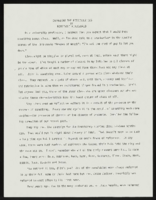
"Expanding the Possibilities": article draft by Roosevelt Fitzgerald
Date
Archival Collection
Description
From the Roosevelt Fitzgerald Professional Papers (MS-01082) -- Drafts for the Las Vegas Sentinel Voice file. On Jesse Jackson's 1987 presidential candidacy.
Text
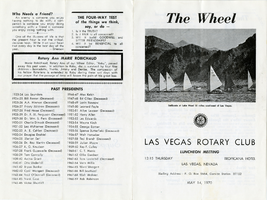
The Wheel Las Vegas Rotary Club newsletter, May 14, 1970
Date
Archival Collection
Description
Text
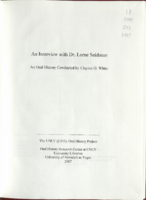
Transcript of interview with Dr. Lorne Seidman by Claytee D. White, November 14, 2006
Date
Archival Collection
Description
Text
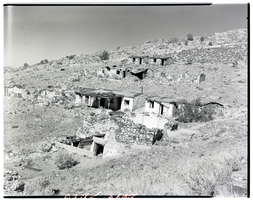
Film transparency of a ghost town, Delamar, Nevada, 1956
Date
Archival Collection
Description
Image
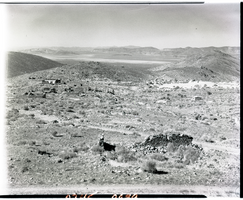
Film transparency of a ghost town, Delamar, Nevada, 1956
Date
Archival Collection
Description
Image

Film transparency of a ghost town, Delamar, Nevada, 1956
Date
Archival Collection
Description
Image
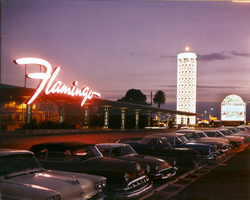
Photograph of the Flamingo Hotel at sunset, Las Vegas, circa mid 1950s
Date
Archival Collection
Description
Image
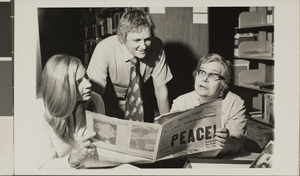
Photograph of individuals at Special Collections, University of Nevada, Las Vegas, September 1975
Date
Archival Collection
Description
From left to right: Susan Jarvis, Hal Erickson, and Alfreda Blood in the Special Collections department at the University of Nevada, Las Vegas (UNLV). They are examining the Leonard T. Blood papers just donated to UNLV Special Collections.
Image
Index card envelopes cataloging films released between 1937 and 1977; includes titles, release details, credits, and newspaper and magazine clippings highlighting each film's premiere, approximately 1950 to 1977
Level of Description
Archival Collection
Collection Name: Howard Hughes Film Production Records
Box/Folder: Box 431 (Restrictions apply), Box 432 (Restrictions apply), Box 433 (Restrictions apply), Box 434 (Restrictions apply), Box 435 (Restrictions apply), Box 436 (Restrictions apply), Box 437 (Restrictions apply), Box 438 (Restrictions apply), Box 439 (Restrictions apply), Box 440 (Restrictions apply), Box 441 (Restrictions apply), Box 442 (Restrictions apply), Box 443 (Restrictions apply), Box 444 (Restrictions apply), Box 445 (Restrictions apply), Box 446 (Restrictions apply), Box 447 (Restrictions apply), Box 448 (Restrictions apply), Box 449 (Restrictions apply), Box 450 (Restrictions apply), Box 451 (Restrictions apply), Box 452 (Restrictions apply), Box 453 (Restrictions apply), Box 454 (Restrictions apply), Box 455 (Restrictions apply), Box 456 (Restrictions apply), Box 457 (Restrictions apply), Box 458 (Restrictions apply), Box 459 (Restrictions apply), Box 460 (Restrictions apply), Box 461 (Restrictions apply), Box 462 (Restrictions apply), Box 463 (Restrictions apply), Box 464 (Restrictions apply), Box 465 (Restrictions apply), Box 466 (Restrictions apply), Box 467 (Restrictions apply), Box 468 (Restrictions apply), Box 469 (Restrictions apply), Box 470 (Restrictions apply), Box 471 (Restrictions apply), Box 472 (Restrictions apply), Box 473 (Restrictions apply), Box 474 (Restrictions apply), Box 475 (Restrictions apply), Box 476 (Restrictions apply)
Archival Component
Lawrence Revere Papers
Identifier
Abstract
The Lawrence Revere Papers primarily consist of correspondence between Lawrence Revere and the developers of blackjack betting systems dating from 1965 to 1970. The collection includes information about blackjack gambling systems, correspondence with gambling experts, and press material regarding the publication of Revere's book
Archival Collection
